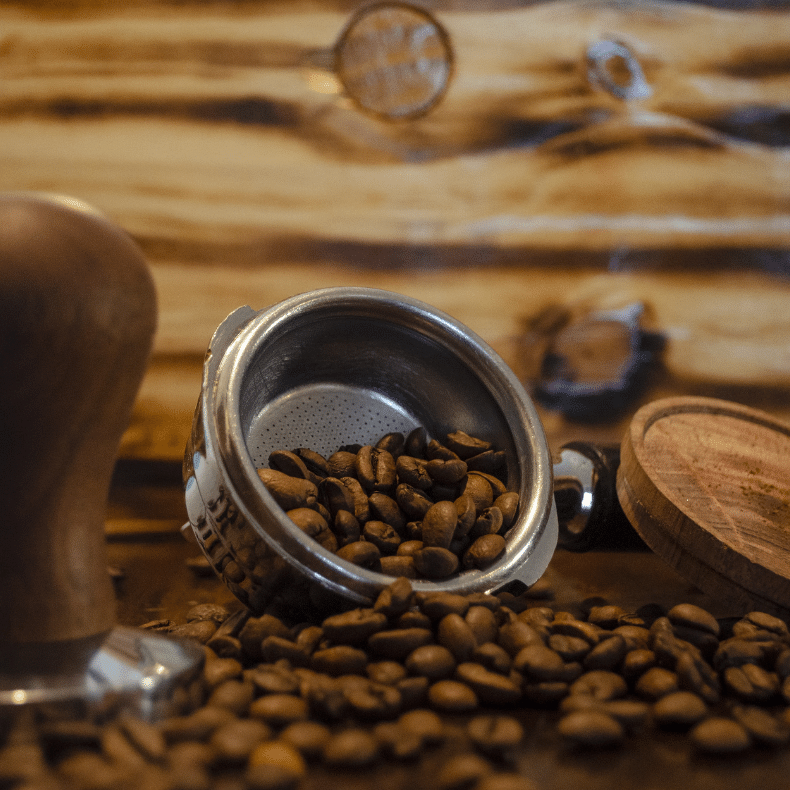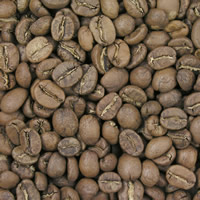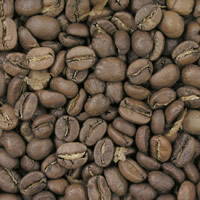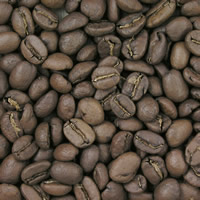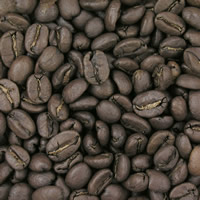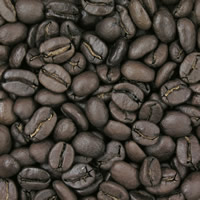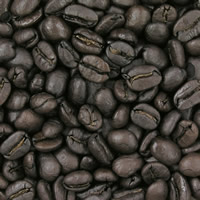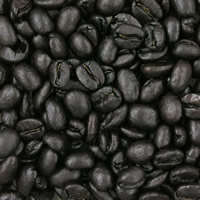Coffee roasting levels impact the taste of the product. Roasting is the heating process that turns green beans into the fragrant, brown beans coffee drinkers know and love. There are multiple roasting categories, and coffee drinkers either have a favorite that they stick to or like to experiment. If you’ve ever wondered what the roasting levels mean, here’s a quick explanation.
The Roasting Process
Roasting introduces the aroma and flavor that’s waiting to come out from green coffee beans. The original green bean looks and smells nothing like the final product.
The roasting process causes chemical changes to occur to the beans as the temperature rises. The roasted beans emerge from the roaster, and the cooling process begins. As micro-roasters, we roast on-demand, so every package of coffee our customers receive is fresh.
Next is packing. Beans then go through a “resting phase” in which the familiar smells and flavors develop. It lasts two to three days. The rest period is similar to decanting wine. It allows the beans to experience a bit of oxidation; that’s where the magic of flavor arrives. This process requires monitoring because leaving it open too long causes it to go stale.
Roasting Is Art and Science
Not just anyone can roast coffee beans. It requires extensive training and practice to become an expert roaster. These roasters can quickly identify when the beans are at optimal roasting. At this level, roasters very rarely ruin a batch!
Know Your Roasts
The coffee industry doesn’t have a standard on roast levels, but generally, roasts fall into four categories: light, medium, medium-dark and dark. Consumers often confuse roast levels with caffeine. The roast level doesn’t indicate caffeine but rather the temperature in roasting.
Light Roasts
Light roasts are a slight shade of brown and are milder. No oil will exist on the surface of these beans because they don’t roast for very long. Specific light roasts are below with the roasting temperature.
Cinnamon (380º F)
- A very light brown roast just before first crack.
- Toasted grain flavors and sharp, acidic tones combine in a tea-like body.
New England (400º F)
- A light brown roast traditional in the Northeastern U.S.
- Acidic brightness dominates without tasting grainy.
Medium Roasts
This roast is medium-brown in color with a more robust flavor and a non-oily surface. It’s a favorite for U.S. drinkers. Specific medium roasts are below with the roasting temperature.
American (410º F)
- A medium-light brown roast.
- Acidic brightness and varietal sweetness are balanced in a medium body.
City (425º F)
- A medium roast with a full body and potent aromatics.
- Good for tasting the varietal character of the coffee.
Medium-Dark Roasts
This category has a rich, dark color. It will have some oil on the surface and has a slight bittersweet aftertaste. Specific medium-dark roasts are below with the roasting temperature.
Full City (435º F)
- A medium-to-dark brown roast.
- Acidic brightness begins to mute, with bittersweet flavors, emerging.
Dark roasts
Dark roasts produce shiny black beans that feature an oily surface and pronounced bitterness. The darker the roast, the less acidity in the coffee beverage. Dark roast coffees run from slightly dark to charred. Specific dark roasts are below with the roasting temperature.
Vienna (445º F)
- A dark brown roast with light surface oil.
- Caramel and bittersweet flavors are prominent, with some hints of smoke.
- A very dark brown roast shiny with oil.
- Burnt undertones and smoky flavors balance with subtle varietal sweetness.
Italian (465º F)
- A nearly black roast with significant surface oil.
- Burnt/smoky tones with no acidity.
- Light body replaces varietal character.
Which Coffee Level Roast Is Right for Your Cup?
Coffee is subjective. Palettes have differences, so there’s no right answer. If you’ve only tried one type of roast, go ahead, and experiment a little. You may find adventure in every cup.
Browse all our coffees by roast level today.

